
A cemetery in Durango where drug war victims are buried. [Source: pri.org] 
[Source: intelligencesquaredus.org]
In June 2021, Mexican President Andrés Manuel López Obrador (AMLO) told U.S. Vice President Kamala Harris in Mexico City that he wanted to end military cooperation in fighting drug trafficking and to instead promote economic development.
“We don’t want military cooperation,” he said, “we don’t want it to be like it was before when they brought us a helicopter gunship and a photo was taken of the U.S. ambassador with the president,” he said.
“We want development cooperation. We don’t even want to hear about the Merida Plan anymore.”
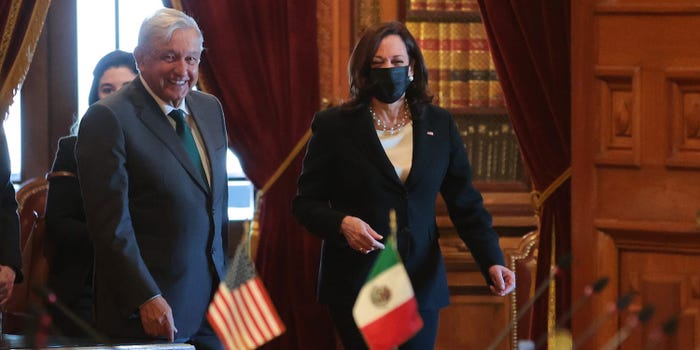
Launched in 2008, the Mérida Initiative aimed to combat drug trafficking with U.S. military equipment, technical support, and training for security forces in Mexico and Central America, which have received billions of dollars in aid.
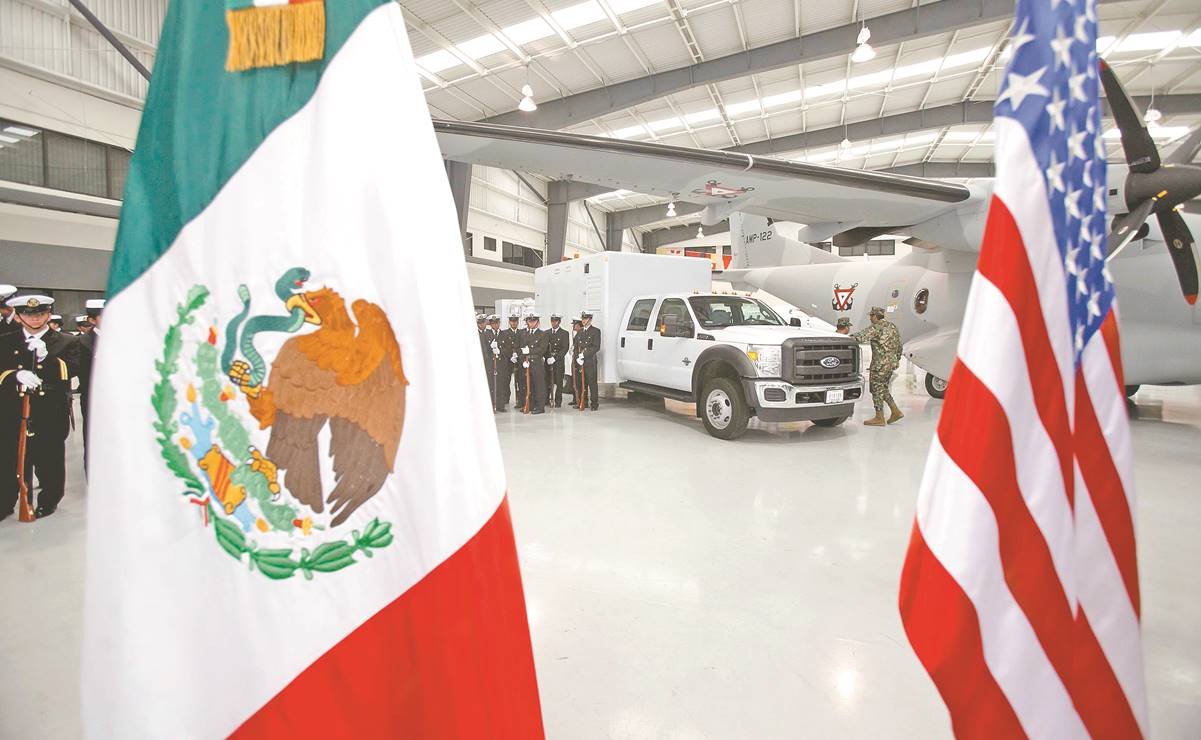
AMLO argues that investing in development projects would help counter not only drug trafficking but also migrant flows.
On a visit to Mexico City last week, Secretary of State Antony Blinken pledged to replace the Mérida initiative with a new bicentennial framework—though by all indication, the Biden administration remains committed to a “muscular approach to combating drug gangs,” as the U.S. News & World Report put it.

President Biden, a life-long drug warrior, is being arm-twisted into keeping the failed, murderous “War on Drugs” going by numerous U.S. stakeholders to whom he is beholden.
They include: a) the U.S. banks which launder the billions in drug money; b) the weapons makers which get money from the U.S. government, which buys the weapons and gives them to the Mexican army and police, and which also receive money from the narco-gangs which buy huge amounts of weapons on their own; c) the Republicans who will use a U.S. withdrawal from the War on Drugs as a club with which to scare the population and beat the Democrats in coming elections; and d) the huge numbers of U.S. police, border patrols, DEA agents, and a multitude of others whose jobs and livelihoods depend on continuing the drug war.
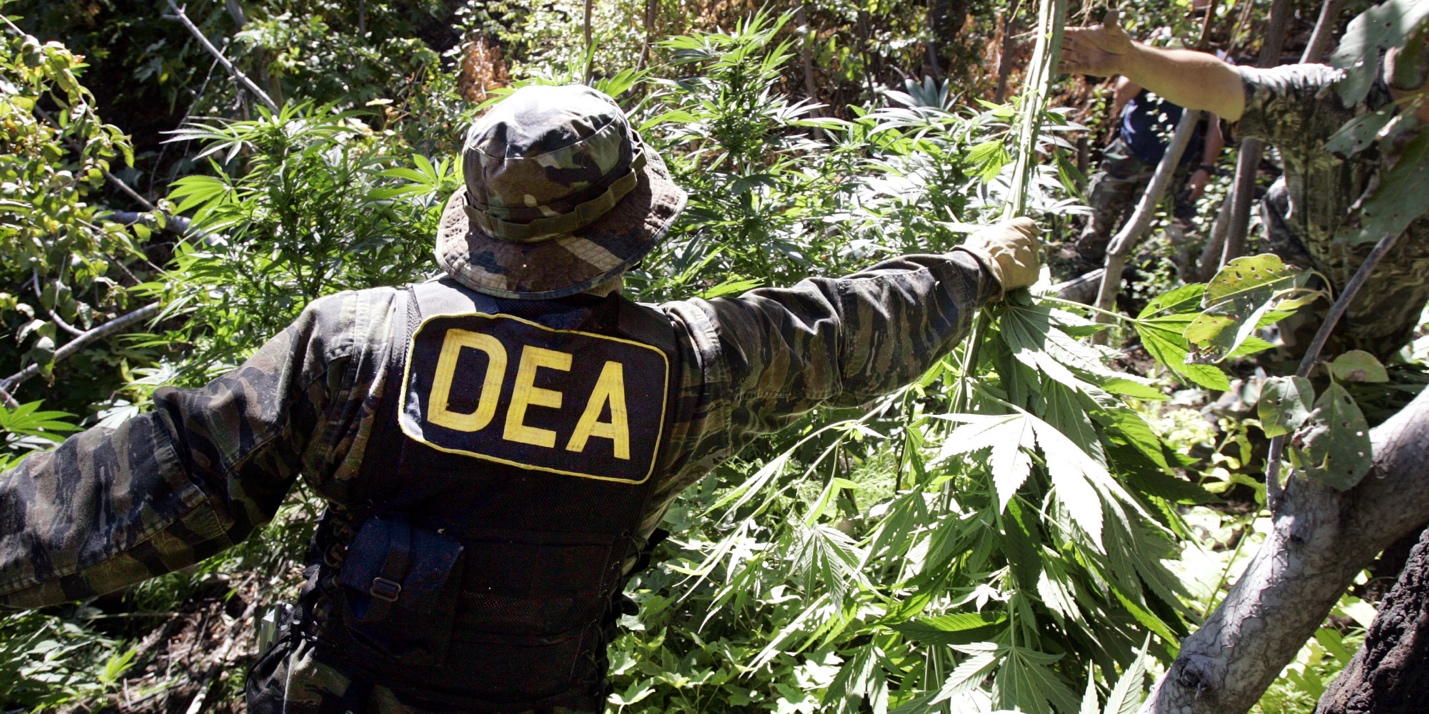
Defiant Stance Warranted
Benjamin T. Smith’s new book The Dope: The Real History of the Mexican Drug Trade (W.W. Norton, 2021) is the most comprehensive yet in detailing the violence and corruption associated with the War on Drugs in Mexico, a war that can never be won since demand for drugs in the U.S. is too high and wage levels in Mexico are too low.
![The Dope: The Real History of the Mexican Drug Trade by [Benjamin T. Smith]](https://covertactionmagazine.com/wp-content/uploads/2021/10/the-dope-the-real-history-of-the-mexican-drug-tra-1.jpeg)
Rather than halting the supply rate, Smith shows that aggressive counter-narcotics policing causes traffickers to turn on one another while intensifying competition for control over rackets.
The loosening of gun restrictions—exemplified by President George W. Bush’s rescinding in 2004 of the Public Safety and Recreational Firearms Use Protection Act preventing the sale of semi-automatic assault weapons to civilians—has given cartel members easier access to firearms, resulting in a spiraling murder rate.
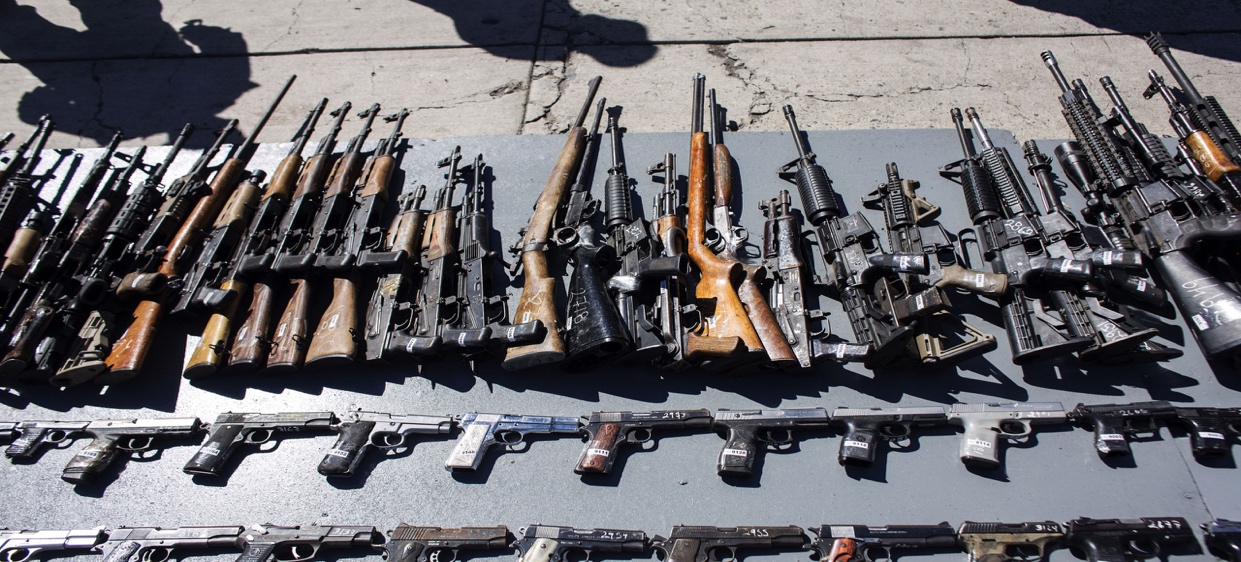
Back in the Good Old Days
According to Smith, the Mexican drug trade, until the 1970s, was relatively peaceful—certainly by today’s standards.
In the first decades of the twentieth century, it was controlled by small-scale networks of pharmacists, criminals, farmers, and merchants who were protected by local politicians who adopted a model of cooperation.
Mexico’s first narco, José de Moral, was a toothless marijuana wholesaler known as “the King of the Stoners,” who tried to appeal a five-month jail sentence by asking the judge how marijuana could be “considered dangerous for health when it is used as a medicine for infinite ailments.”
Mexico’s first modern detective Valente Quintana—the Mexican “Sherlock Holmes”—set an important precedent as a principal ally of drug traffickers in the 1920s and 1930s.
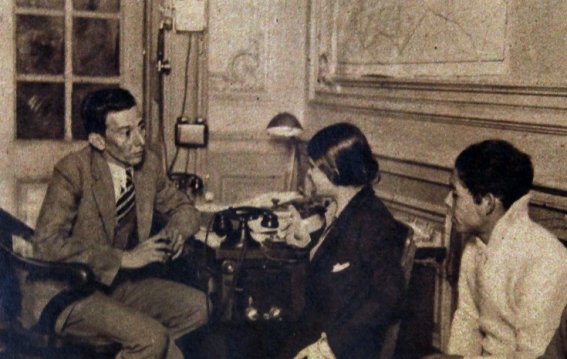
The first drug protection rackets evolved around his time. The lucrative profits from the drug trade were used to pay for government buildings, soldiers, police forces and schools.
Many leading drug traffickers of the era were revered as such in their communities. When Enrique Fernández Puertas—the “Al Capone of Ciudad Juarez”—died, people lined muddy roads to pay homage to him, and balladeers sang a new song:
“His death was deeply felt
We are always grateful,
He gave money with open hands
And ordered schools to be built
For the good of all the young people.”
Fernandez’s profits paid for the construction of at least four schools in poor communities and for the teachers’ salaries, an open air theater, and water pump.
His address book included phone numbers for senators, congressmen, the number two in the Mexican treasury and even President Plutarco Elias Calles’s personal secretary.
New local governments asserted their authority over the protection rackets by arresting or murdering the old traffickers and putting their own smugglers in their place.
This approach gave the illusion to the American and Mexican federal authorities that the new governments were serious about drug crime when they were profiting from the trade.
Baja California’s governor from 1915 to 1920, Esteban Cantú, imposed Mexico’s first off-the-books drug protection racket in which the state received money for protecting the drug business.

On the surface, Cantú prohibited the manufacture and sale of narcotics, inviting U.S. officials and newspapermen to witness major drug busts and the closing of all opium dens.
Cantú’s ruse worked so well that San Diego’s grandees invited him to their celebration of cross-border cooperation as the guest of honor.

The money from the vice trade made Baja one of the richest states in Mexico.
Tax earnings increased four-fold when Cantú was governor and Cantú used the money to make the place safe and brought in expert engineers to construct new roads.
Debunking Reefer Madness
Despite the systemic corruption, Mexico had developed some of the harshest anti-drug laws in the world by mid-century.

These policies had been pushed by Harry J. Anslinger, the legendary head of the Federal Bureau of Narcotics (FBN) from 1929 to 1962, who bullied and blackmailed countries into getting what he wanted.

Members of Mexico’s ruling elite claimed that marijuana “caused soldiers to commit murder without remorse” and made the people act “more Indian.”
Mexican diplomat Manuel Tello told an audience at the League of Nations in June 1939 that Mexican doctors had not found one example of a patient driven to madness by smoking the narcotic.
Tello’s outlook was influenced by the head of Mexico’s Campaign Against Alcoholism and Other Drug Addictions, Leopoldo Salazar Viniegra, who published a pathbreaking paper, “The Myth of Marijuana,” which argued based on extensive study that marijuana’s main effect was to dry the mouth, redden the eyes and cause a feeling of hunger.
Any further effect was not caused by marijuana’s chemical properties but by existing psychological disorders among the users.

Viniegra’s views foreshadowed by two decades those of Dr. Timothy Leary, who believed that narcotics did not have fixed chemical effects; their impact rather depended on the drug user’s mindset, or “set,” and his environment, or “setting.”

Legislation inspired by Viniegra created state-run morphine dispensaries, which helped many people. Harry Anslinger responded by blackmailing the Mexican government, ordering the halting of morphine sales to Mexico until the act was rescinded.
Mexico’s anti-drug laws subsequently became even more punitive than those of the U.S as Viniegra was forced out of the narcotics field.[1]
Greater Centralized Control and Corruption
By the 1940s, drug protection rackets were increasingly controlled by state governors who taxed every level of the drug business from the growers, to the buyers, to the chemists and the traffickers, and used their police forces to extort poppy growers.
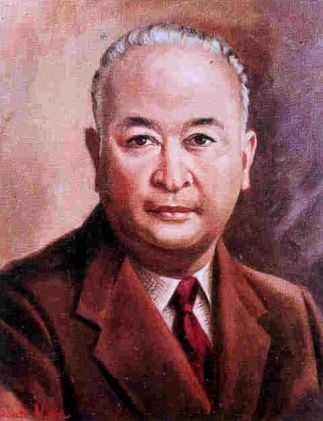
The payoff was huge as state treasuries went from being millions of dollars in the red to millions of dollars in the black and government leaders could afford major public works projects while keeping taxes low.
Mexican presidents began to realize the benefit too as drug earnings were almost entirely in dollars and could pay off Mexico’s balance of payments deficit and prop up the country’s falling currency.
With time, Mexico’s Federal Security Directorate (DFS)—which worked at the service of the Central intelligence Agency (CIA) and was headed by CIA assets—came to run the country’s protection rackets, clashing at times over control of the narcotics business with the federal police (PJF).
A number of DFS staffers were professional assassins who had been employed by the government in counterinsurgency operations against leftists during the 1960s and 1970s.
In the mid 1980s, the Drug Enforcement Administration (DEA) reported that drug traffickers commonly traveled the streets and highways with automatic weapons carrying credentials from the DFS or other federal law enforcement agencies.

Age of Aquarius and Beyond
A boom in demand fueled by the growth of the counter-culture in the U.S. during the 1960s was a crucial turning point in transforming Mexico’s narcotics business from small localized operations to a multi-million dollar business which laundered its profits in banks.

The increase in violence dating from this time was attributed more to the narcs than the traffickers. The DEA—which the Nixon administration had set up as a cornerstone of its War on Drugs—favored sadistic police officers such as Florentino Ventura Gutiérrez, who was described by one DEA agent as “the most brutal man I have ever met. And efficiently brutal … Torture to him was no more shocking than violent weather.”
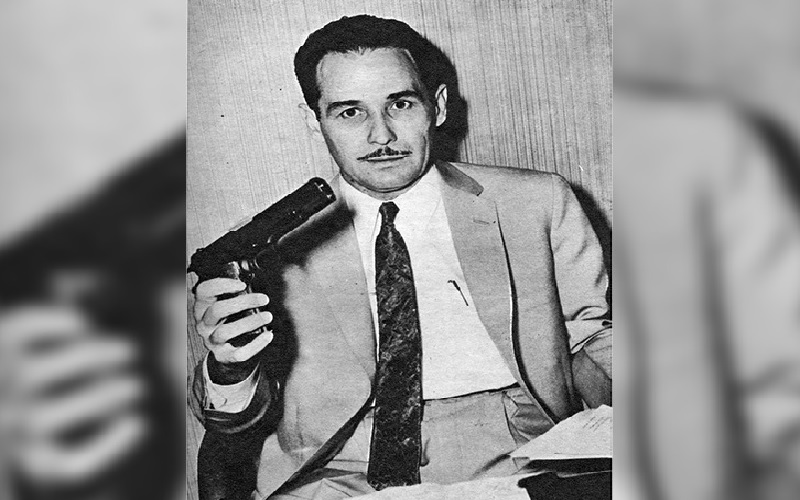
Government goon squads were charged with arresting, torturing and then disposing of the bodies of drug traffickers along with left-wing insurgents. Former CIA toughs who had trained in undercover ops in Vietnam were rumored to have set up assassination squads to take out high-level traffickers.
The DEA characterized the mid 1970s Operation Condor as little more than a “vicious circle of incompetence, apathy and corruption.”

Police agents and soldiers shot up villages, ransacked houses, raped women, beat children and tortured and killed hundreds and possibly thousands of Mexican farmers.
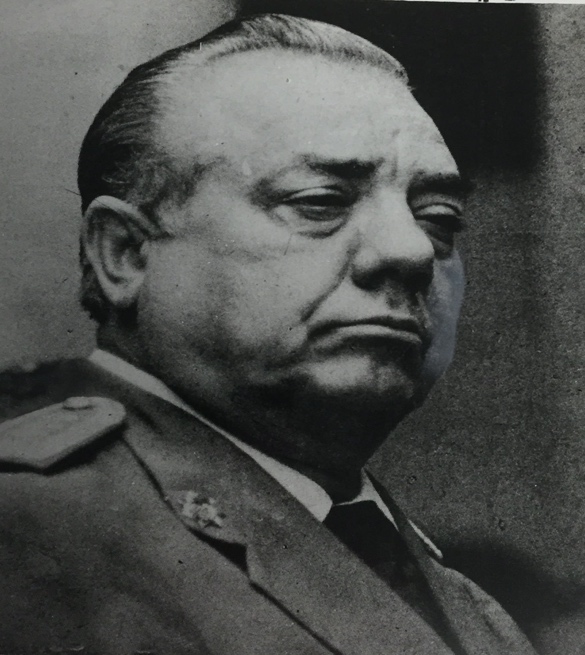
Many at the same time profited from the drug trade. Mexico City’s police chief, Arturo “El Negro” Durazo Moreno, imported cocaine into the U.S. as part of a huge criminal enterprise which allowed him to buy a fleet of luxury cars and build an outrageous mansion.
Moreno would bust drug mules in the airport sent by his traffickers and inflate the size of the bust with milk powder. Other undetected mules would at the same time covertly provide him with his payoff.
Drug-related corruption took place on both sides of the U.S.-Mexico border. A 1970s-era smuggler stated that “American cops like money as much as Mexican cops and they are cheaper to buy.”
When an El Paso Customs officer, George Hough, was caught with 11 kilos of cocaine, he said that for years he and his fellow officers had been crossing into Mexico illegally, kidnapping drug dealers and stealing the drugs which were then either sold to U.S. dealers or turned over to authorities and presented as high value Customs seizures.
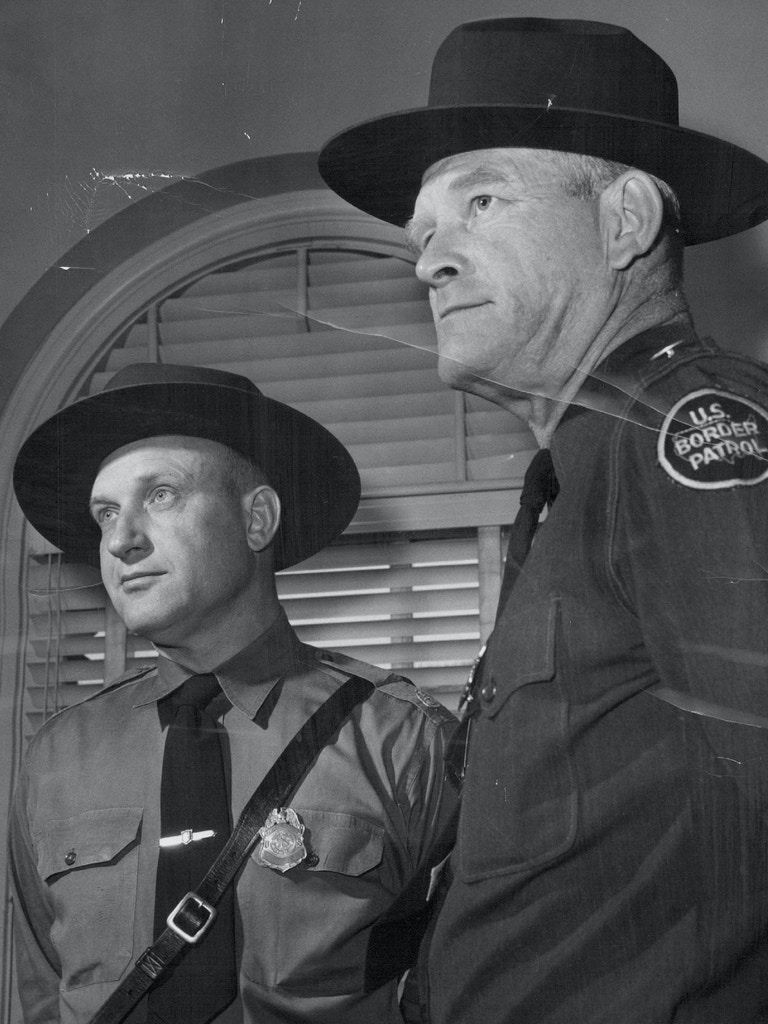
In 1974, the U.S. State Department claimed that “corruption” was the “single most inhibitory factor in the entire anti-narcotics effort … It is known to exist at high levels in state and local government and police organizations.”
The DEA described Mexico’s police forces as “nothing more than an organized criminal organization that conducted their nefarious activities from behind a police badge.”
No wonder the War on Drugs never succeeded.
Kiki
The March 1985 death of Enrique “Kiki” Camarena—the drug war’s JFK assassination—was another major turning point for the Mexican drug trade and U.S. War on Drugs, which helped rearrange federal and local protection rackets, led to an increased wave of drug-related violence, and provided a justification to boost federal funding for the DEA.
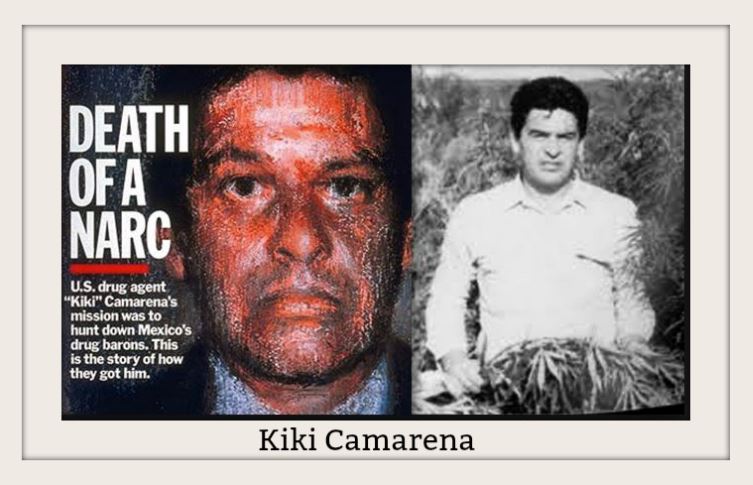
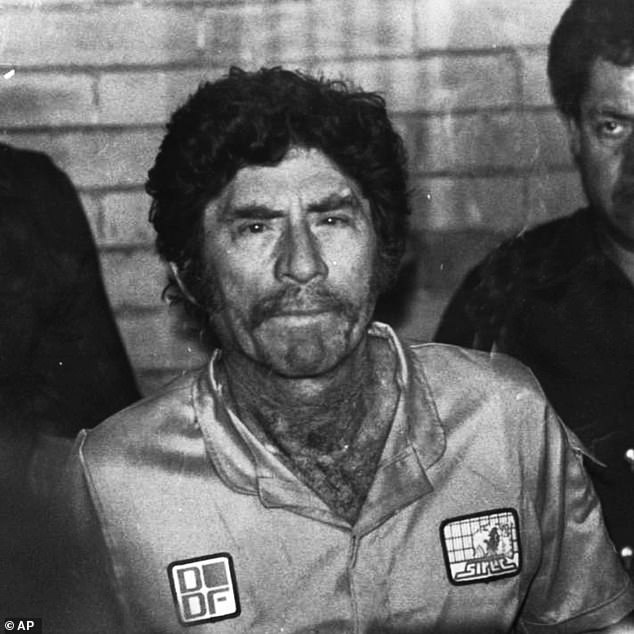
The story of Camarena’s death was repeated over and over in the media and popular films as a morality play of an earnest American agent killed by the evil drug lords.
Whistleblower Lawrence Victor Hanson (aka George Marshall Davis), a 6’7” American spook, punctured the official narrative, however, by tying Camarena’s death to a web of corruption involving the CIA and its plans to fund Nicaraguan paramilitaries with Mexican cocaine money. Camarena was killed because he stumbled onto the drugs-for-arms operation, much like two Mexican journalists, one of whom had his lips sown shut with a wire.
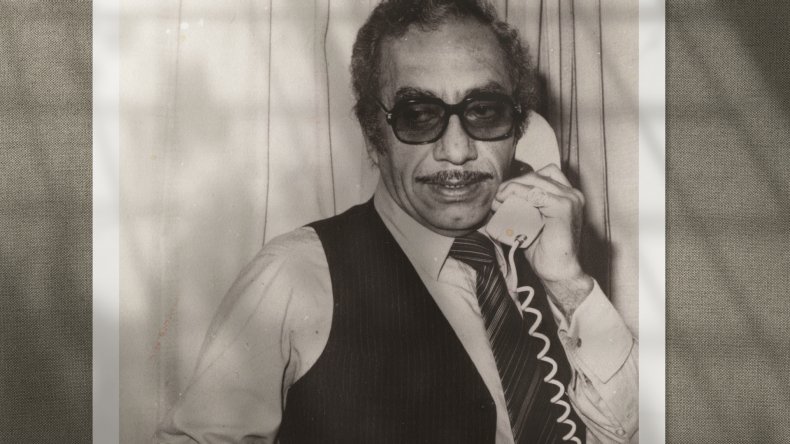
Other witnesses pointed to the direct collusion of the CIA and to high-up Mexican government officials—notably the Minister of Defense and Minister of the Interior—openly planning Camarena’s killing and visiting the house while he was being tortured to death.
A local journalist curiously recognized one of Camarena’s DEA colleagues—rumored to be in the pay of Guadalajara traffickers—at the trial of a Guadalajara cartel operative testifying in his unofficial DEA capacity for the defense.
This has led to speculation that a bribe was passed on to Camarena, who became the fall guy after the cartel’s fields were raided and its bank deposits seized.
The significant state coordination in Camarena’s death generally exemplified that the War on Drugs was a phony war—with real victims—which was never designed to be won.
All Hell Breaks Loose
During the 1990s, increased drug profits (an estimated $30 billion for the decade) combined with declining state power put the narcos in complete control of the drug trade in Mexico.
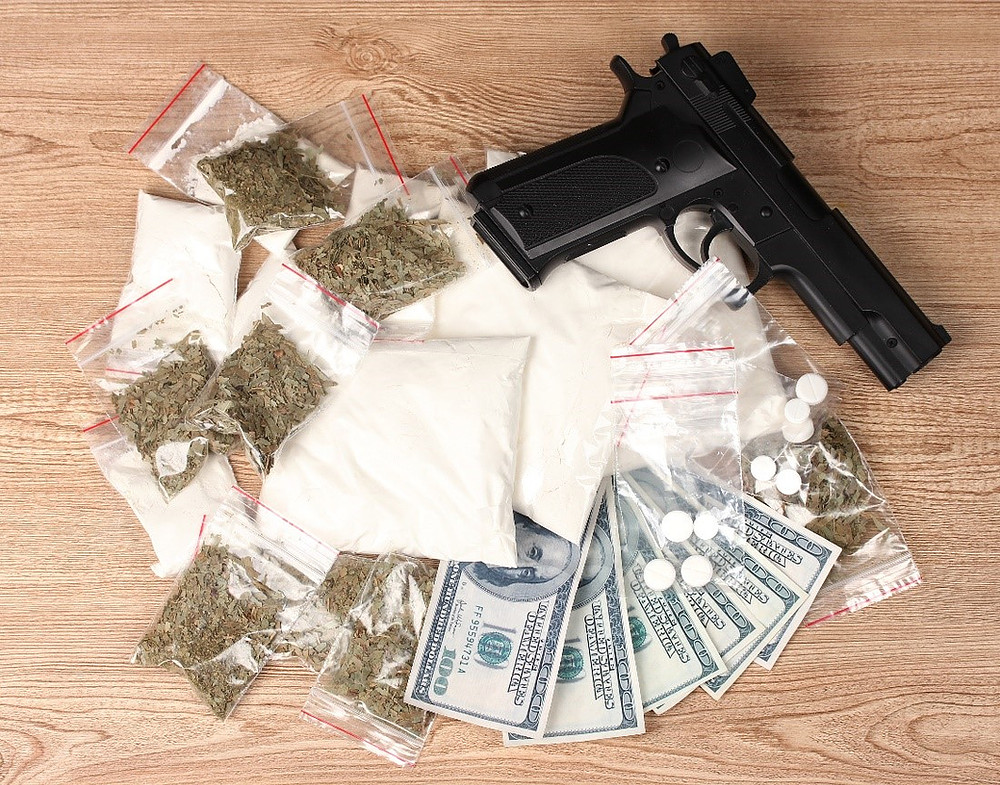
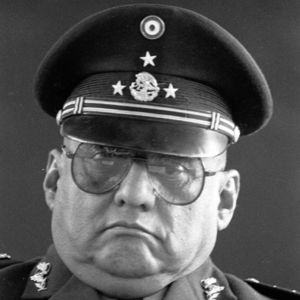
Payoffs now overwhelmed the state and local police forces, with politicians “being at the service of the drug traffickers, rather than the other way around,” as a former government official put it. Even the Mexican Army General in charge of the nation’s War on Drugs was on the take.
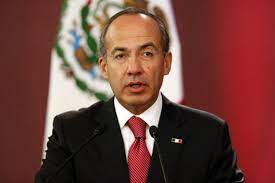
President Felipe Calderón’s (2006-2012) all-out war on the cartels—with U.S. backing—was an unmitigated disaster.
It resulted in a huge spike in drug-related kidnappings and murders as violence professionals like the Zetas grew in stature and guns from the U.S. became more widely available.

Dubbed the “military cartel,” Mexican army soldiers were considered as dangerous as the traffickers. In 2009, there were 1,400 human rights complaints against them. One community activist declared that “Abu Ghraib would be a kindergarten compared to the military camp here in Ciudad Juarez.”
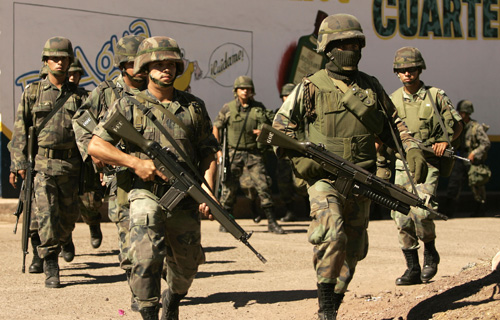
The drug supply rates all the while increased: In 2014, Mexico was producing ten times the amount of heroin which it had produced in the 1970s.
Learning from History?
The story of the drug trade in Mexico does not lend much faith in the human condition.
The allure of drug profits led so many men and some women to compromise their moral ethics and to behave little better than animals.
The web of corruption extended so deep that the line drawn between good guys and bad in popular fiction is completely illusory.
The only genuine good guys have been the drug reformers who promoted a liberal outlook that might have prevented much of the bloodshed and mayhem.
Mexico today under AMLO is poised to try to reverse some of the damage caused by the War on Drugs with a more enlightened approach.
One can only hope that American policy-makers will follow suit.

-
Ever the iconoclast, Viniegra established an experimental school of open, participative learning for Mexico City’s street kids called “the House Without Bars.” ↑
CovertAction Magazine is made possible by subscriptions, orders and donations from readers like you.
Blow the Whistle on U.S. Imperialism
Click the whistle and donate
When you donate to CovertAction Magazine, you are supporting investigative journalism. Your contributions go directly to supporting the development, production, editing, and dissemination of the Magazine.
CovertAction Magazine does not receive corporate or government sponsorship. Yet, we hold a steadfast commitment to providing compensation for writers, editorial and technical support. Your support helps facilitate this compensation as well as increase the caliber of this work.
Please make a donation by clicking on the donate logo above and enter the amount and your credit or debit card information.
CovertAction Institute, Inc. (CAI) is a 501(c)(3) non-profit organization and your gift is tax-deductible for federal income purposes. CAI’s tax-exempt ID number is 87-2461683.
We sincerely thank you for your support.
Disclaimer: The contents of this article are the sole responsibility of the author(s). CovertAction Institute, Inc. (CAI), including its Board of Directors (BD), Editorial Board (EB), Advisory Board (AB), staff, volunteers and its projects (including CovertAction Magazine) are not responsible for any inaccurate or incorrect statement in this article. This article also does not necessarily represent the views the BD, the EB, the AB, staff, volunteers, or any members of its projects.
Differing viewpoints: CAM publishes articles with differing viewpoints in an effort to nurture vibrant debate and thoughtful critical analysis. Feel free to comment on the articles in the comment section and/or send your letters to the Editors, which we will publish in the Letters column.
Copyrighted Material: This web site may contain copyrighted material the use of which has not always been specifically authorized by the copyright owner. As a not-for-profit charitable organization incorporated in the State of New York, we are making such material available in an effort to advance the understanding of humanity’s problems and hopefully to help find solutions for those problems. We believe this constitutes a ‘fair use’ of any such copyrighted material as provided for in section 107 of the US Copyright Law. You can read more about ‘fair use’ and US Copyright Law at the Legal Information Institute of Cornell Law School.
Republishing: CovertAction Magazine (CAM) grants permission to cross-post CAM articles on not-for-profit community internet sites as long as the source is acknowledged together with a hyperlink to the original CovertAction Magazine article. Also, kindly let us know at info@CovertActionMagazine.com. For publication of CAM articles in print or other forms including commercial internet sites, contact: info@CovertActionMagazine.com.
By using this site, you agree to these terms above.
About the Author

Jeremy Kuzmarov holds a Ph.D. in American history from Brandeis University and has taught at numerous colleges across the United States. He is regularly sought out as an expert on U.S. history and politics for radio and TV programs and co-hosts a radio show on New York Public Radio and on Progressive Radio News Network called “Uncontrolled Opposition.”
He is Managing Editor of CovertAction Magazine and is the author of six books on U.S. foreign policy, including Obama’s Unending Wars (Clarity Press, 2019), The Russians Are Coming, Again, with John Marciano (Monthly Review Press, 2018), Warmonger. How Clinton’s Malign Foreign Policy Launched the U.S. Trajectory From Bush II to Biden (Clarity Press, 2023); and with Dan Kovalik, Syria: Anatomy of Regime Change (Baraka Books, 2025).
Besides these books, Kuzmarov has published hundreds of articles and contributed to numerous edited volumes, including one in the prestigious Oxford History of Counterinsurgency .
He can be reached at jkuzmarov2@gmail.com and found on substack here.

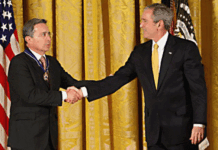


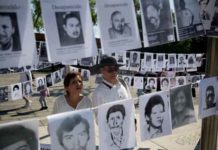

The author should give credit to the work of other researchers.
[…] Research, October 13, 2021CovertAction Magazine 11 October […]
[…] AMLO Pleads with Biden to End Failed Trillion Dollar “War on Drugs”—U.S. Interests Prefer Dead… […]
We claim a war On drugs and Terror
Which is a war Of drugs and war Of Terror against us all
Stop these silly wars
Legalize all drugs and end Terror
Rein in corrupt pHarma too
End these fake wars